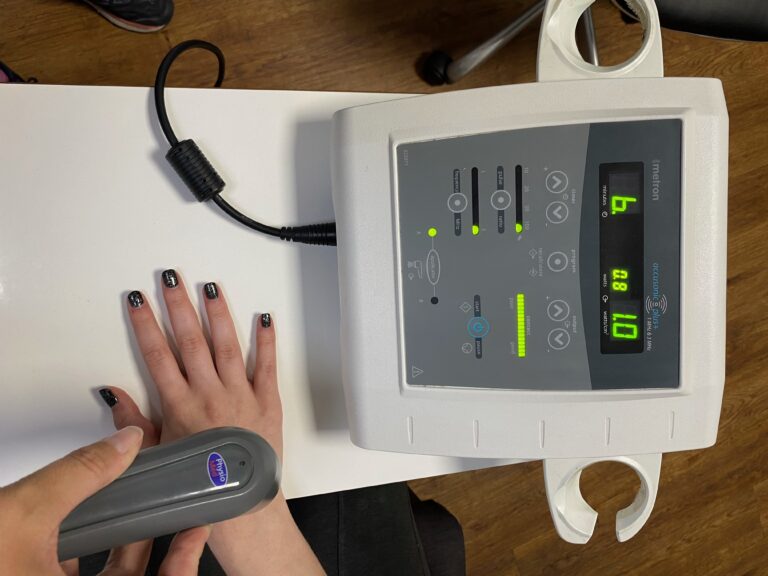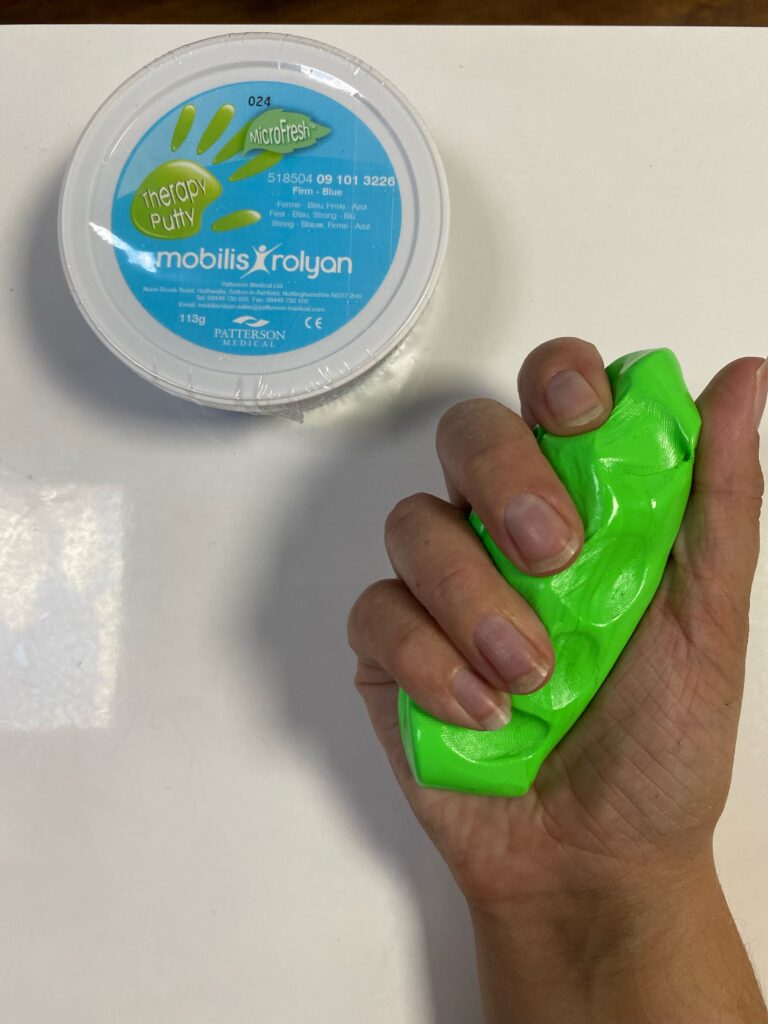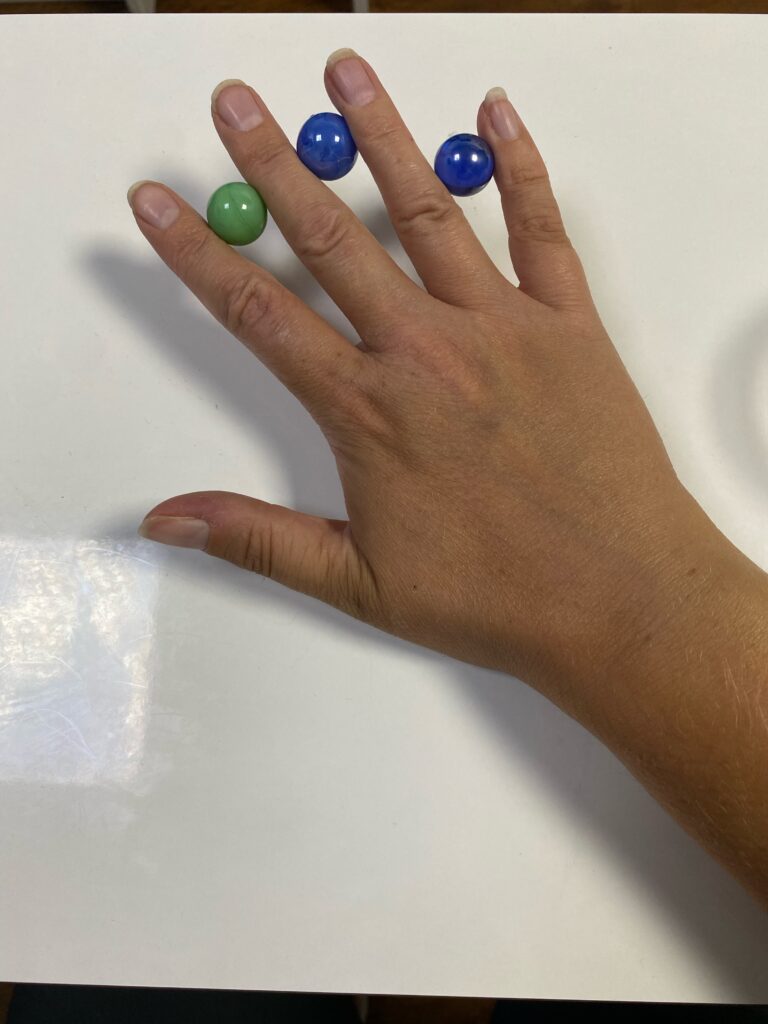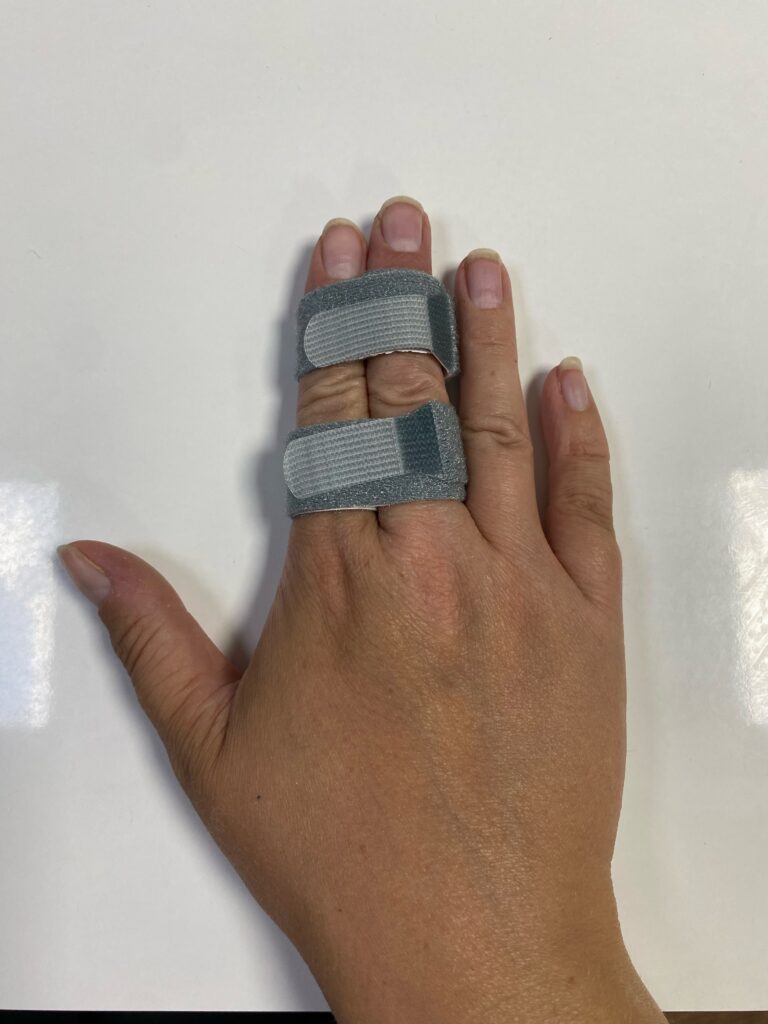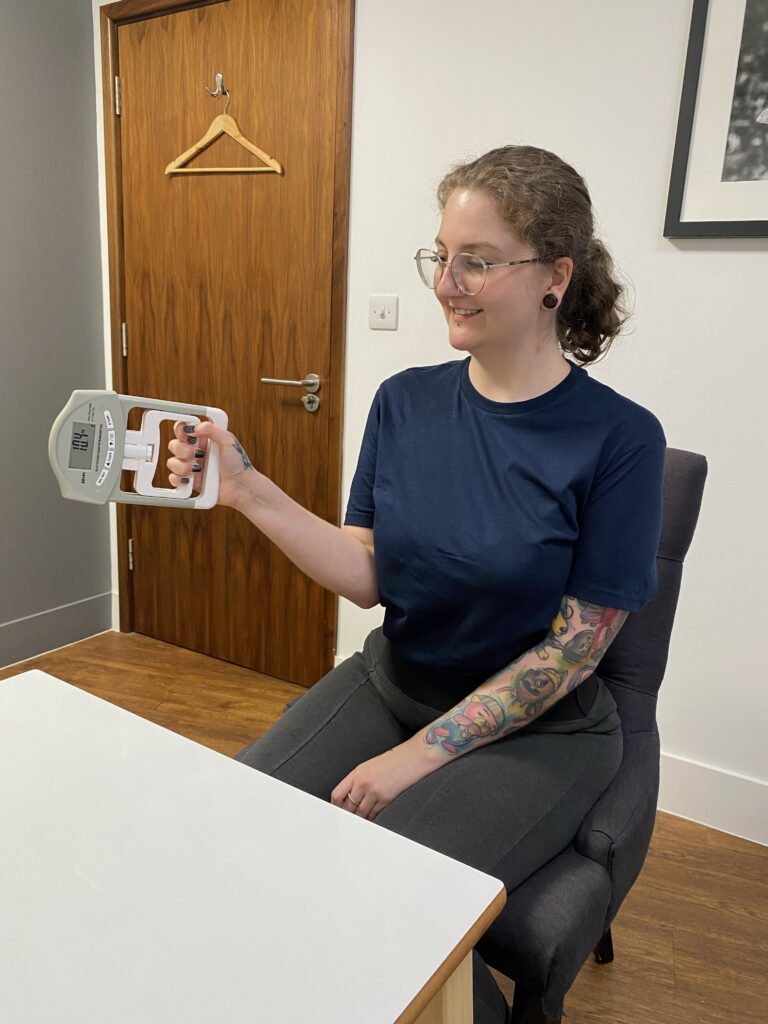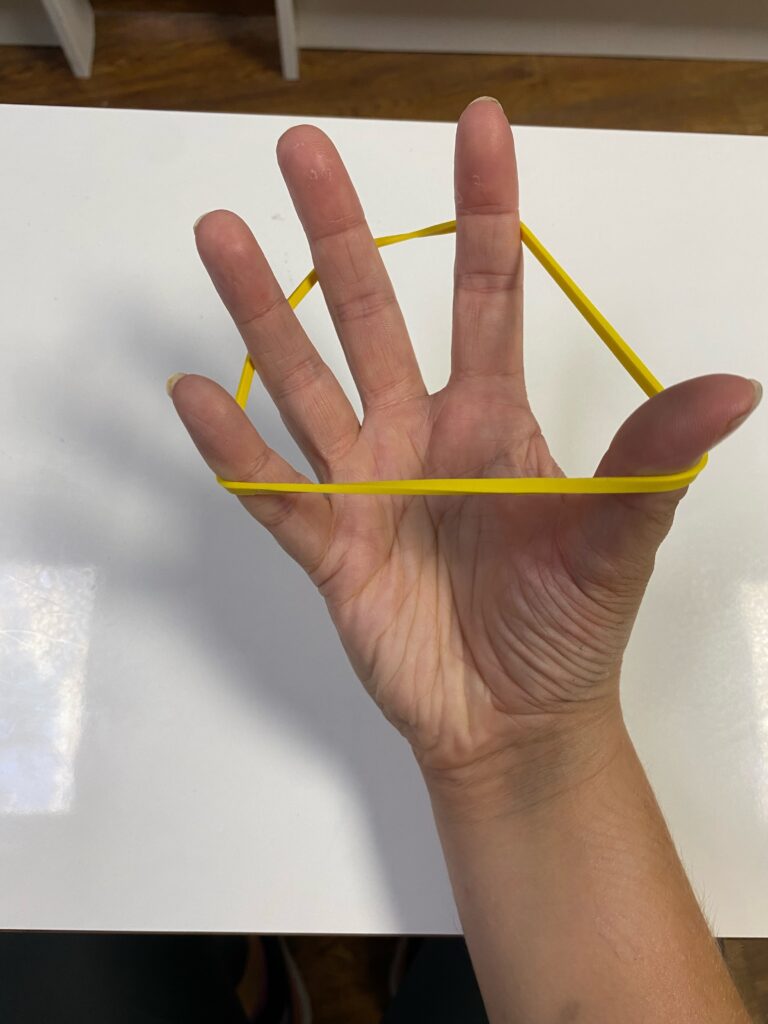Hand and upper limb pain can impact your ability to function. Accidents and overuse injuries are the common causes of chronic hand pain. Good hand therapy helps improve the overall functional capacity, quality of life, and recovery after hand surgery.
Hand Therapy: General Overview
- Session Time: 45 minutes - 1 hour
- Hospital Stay: Same-day
- Time Off Work: None
- Mobile: Same day
- Full Recovery: Up to several months (depending on condition)
What is Hand Therapy?
Hand therapy can be part of either physical therapy (PT) or occupational therapy (OP). It is a type of rehabilitation performed on patients with conditions affecting either the hands or the upper extremities.
Hand therapy can help improve your range of motion and strength of the hands, arms, elbows, shoulders, and forearms. The therapy can also be a form of preventive care and post-operative rehabilitation.
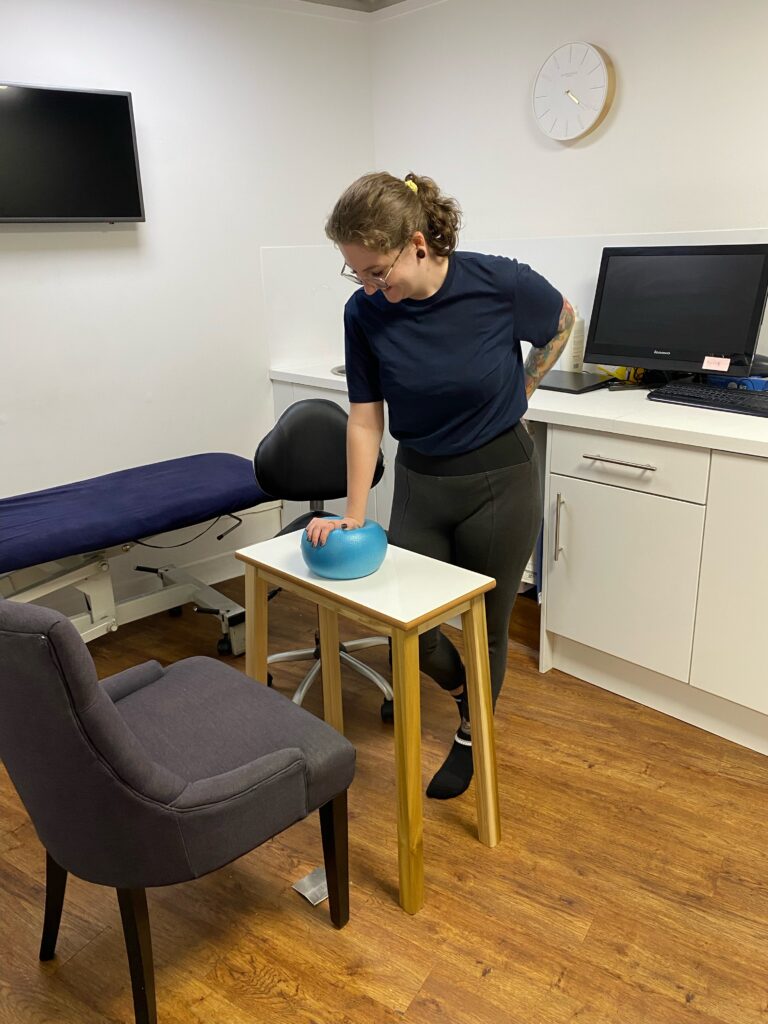
Who Needs Hand Therapy?
Hand therapy is usually recommended for those suffering from long-term conditions like arthritis and anyone recovering from neurological disorders that could affect the functioning of the hands, like stroke. It’s beneficial for people recovering from surgery and hand or upper extremity injury.
What Conditions Does Hand Therapy Treat?
Hand therapy is used to treat, prevent, and rehabilitate conditions like:
- Carpal Tunnel Syndrome: The condition causes numbness and tingling of the hand or arm due to the pinching of the median nerve. Treatment may involve carpal tunnel exercises to help reduce pressure on the affected nerve.
- Ganglion Cyst: The benign lump develops on the tendons and joints and can be treated with hand therapy.
- Trigger Finger: Trigger finger results from the inflammation of the tendon resulting in the finger getting stuck in a bent position. A therapist may recommend trigger finger exercises to improve the condition.
- Dupuytren’s Contracture: Dupuytren’s contracture develops over the years when knots of tissue form under the skin, pulling one or more fingers into a bent position. Hand therapy may involve Dupuytren’s contracture exercises and desensitisation.
Other conditions that hand therapy can treat include repetitive motion disorder, De Quervain syndrome, golfer’s and tennis elbow, and cubital tunnel syndrome.
What Does Hand Therapy Involve?
Hand therapy may involve a variety of rehabilitation treatments that can be preventive, non-operative, and post-surgical. A certified hand therapist (CHT) develops a treatment program based on your needs after consulting your surgeon and evaluating your condition.
Treatment may involve:
- Exercises (active hand and finger exercises)
- Strengthening (use of hand therapy putty of different firmness, grippers, weights, and other aids like a hand therapy ball to strengthen the hands)
- Pain management
- Injury avoidance education
- Electrical stimulation
- Joint movement
- Nerve desensitisation
- Occupational conditioning
- Use of hot and cold packs
- Dexterity training
What Can You Expect During Your Hand Therapy Session?
Your hand therapist will want to ensure that you are progressing well through the treatment. The therapist will measure your strength, nerve sensation, range of motion, and posture. They will also recommend specific hand therapy exercises to complete at home to help your recovery advance faster.
During the session, you may have to work your muscles which can lead to soreness. Stretching the muscles may also cause discomfort. This is normal, and any pain, tenderness, or soreness should dissipate within a day or two. During your therapy session, your therapist will ensure you’re comfortable throughout to avoid worsening your injuries.
Below you can see the facilities for hand therapy at The Harley Clinic. You can see some examples of the type of tools and exercises a hand therapist may ask you to perform. Of course, your exact rehabilitation program following hand surgery will be completely personalised to your condition, recovery, and goals.
Hand Therapy London at The Harley Clinic
Hand therapy can help relieve pain and improve your strength and range of motion following hand surgery. Book a consultation today at the Harley Clinic to talk about your treatment options.
Further Reading:
- What’s the Difference Between Trigger Finger vs Dupuytren’s Contracture?
- What are Two Conditions that are Often Misdiagnosed as Carpal Tunnel Syndrome?
- How Long Do Ganglion Cysts Last?
- What is the Difference Between De Quervain Syndrome vs Carpal Tunnel?
- What is De Quervain’s Syndrome?
- Carpal Tunnel Syndrome Exercises After Surgery: What to Expect
- How to Sleep with Carpal Tunnel Syndrome
- How Does a Cubital Tunnel Syndrome Test Work?
- Do You Need Cubital Tunnel Syndrome Exercises After Surgery?
- Hand Surgery Recovery: What is Hand Therapy?
- Dupuytren’s Contracture Exercises After Surgery: What to Expect
- What to Expect After Hand Surgery?
- Hand Therapy Exercises: What to Expect
- How Can Massage For Trigger Finger Help?
- Hand Therapy: How to Find a Hand Therapist












